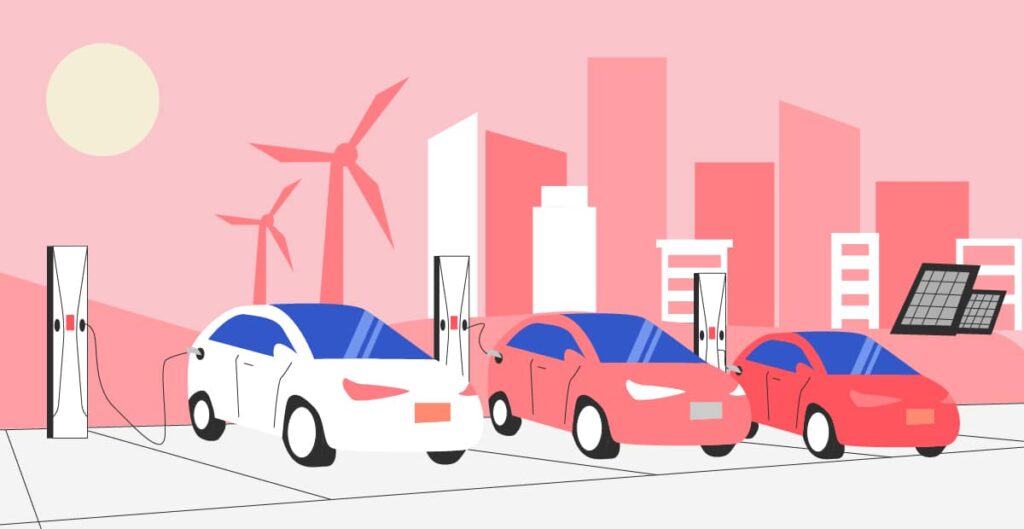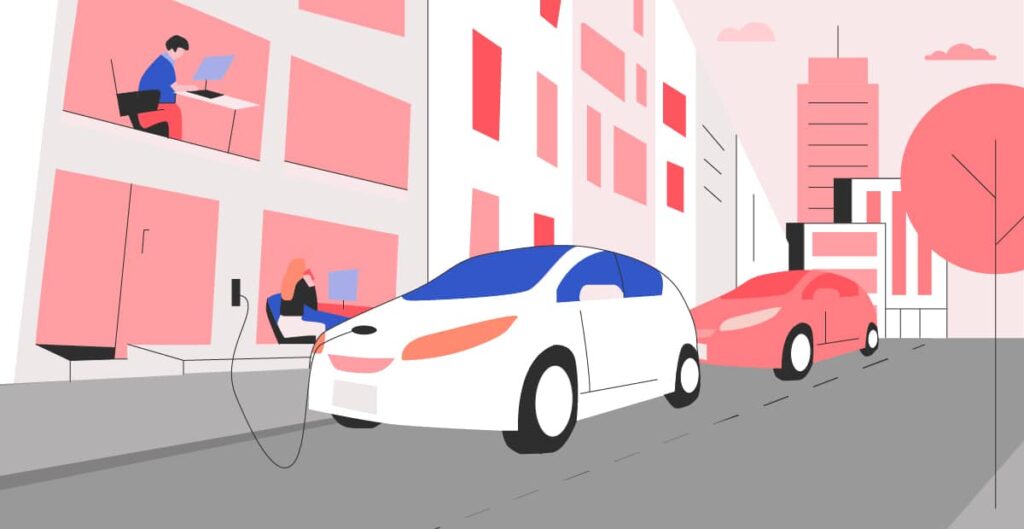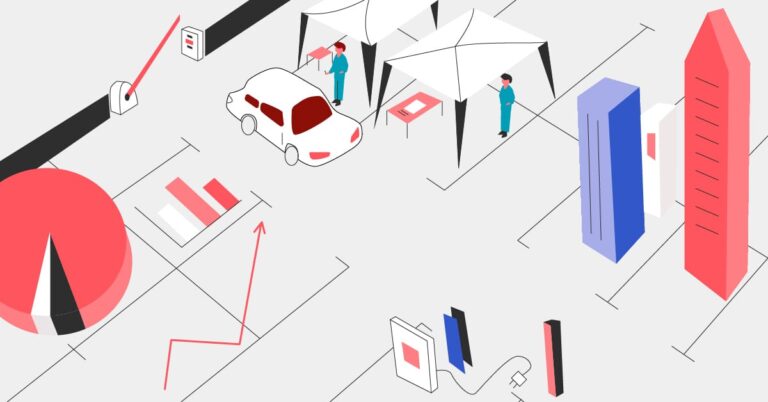It’s time to (hopefully) close the curtains on what has been perhaps the most notable two years in the parking industry. As 2021 draws to a close, our industry prepares for its next stage of evolution—ever hastened by the dramatic shifts brought on by the pandemic. In many cases, the threats that emerged from the sudden industry decline are flowering into opportunities. The successful operators will recognize the new direction we’re headed towards and adapt.
What We Learned About Parking in 2021

Through trial by fire, our core learning is that what we once thought of as parking has to be about so much more than parking to survive. That’s not to say that this is a bad lesson. We’ve talked extensively about how operators and assets are gatekeepers of the future of mobility and actually enable the next generation of travel. This role doesn’t end anytime soon. In fact, it only gains more prevalence as the way we travel changes.
Taken almost exclusively from the 2021 Road to Recovery Index created by FLASH and the National Parking Association (NPA), the following parking statistics sum up some of the most relevant industry information from 2021.
The Top Parking Industry Statistics

Separating COVID-19 From Innovation in Mobility

While the pandemic forced the industry to rethink and adapt to changing consumer preferences more promptly, the evolution of mobility was well on its way before then. New technology has already been helping to build smart cities—places where innovative solutions are used to combat increased congestion. For example, the use of smart traffic lights that are integrated with traffic patterns to help mitigate congestion during the busiest times of the day. The pandemic did force evolution toward specific solutions such as digital payments and contactless, which is essential for easier travel. However, cities have known smart mobility has been the answer for quite some time.
As you continue to recover and evolve your business priorities, consider what other operators are doing to integrate with their communities. 2022’s industry trends largely include developing interconnected means of travel between your assets, public transit, and other forms of mobility that can service a person’s journey at a phase between points A and B.
Join the Parking Revolution, Subscribe
to Our Newsletter
We’re disrupting the parking industry because we believe our customers, consumers, and cities deserve better.

